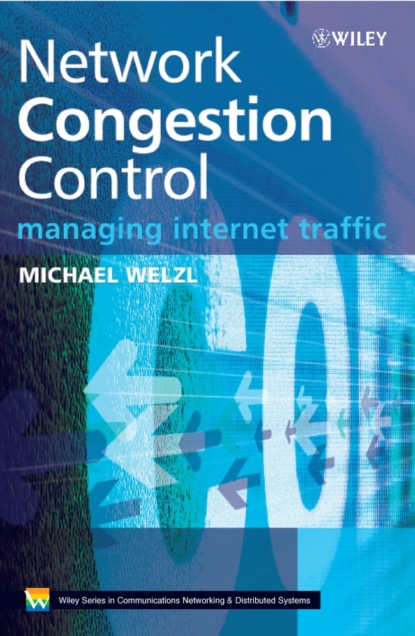
Network Congestion Control скачать fb2
Michael Welzl - Network Congestion Control краткое содержание
As the Internet becomes increasingly heterogeneous, the issue of congestion control becomes ever more important. In order to maintain good network performance, mechanisms must be provided to prevent the network from being congested for any significant period of time. Michael Welzl describes the background and concepts of Internet congestion control, in an accessible and easily comprehensible format. Throughout the book, not just the how, but the why of complex technologies including the Transmission Control Protocol (TCP) and Active Queue Management are explained. The text also gives an overview of the state-of-the-art in congestion control research and an insight into the future. Network Congestion Control: Presents comprehensive, easy-to-read documentation on the advanced topic of congestion control without heavy maths. Aims to give a thorough understanding of the evolution of Internet congestion control: how TCP works, why it works the way it does, and why some congestion control concepts failed for the Internet. Explains the Chiu/Jain vector diagrams and introduces a new method of using these diagrams for analysis, teaching & design. Elaborates on how the theory of congestion control impacts on the practicalities of service delivery. Includes an appendix with examples/problems to assist learning. Provides an accompanying website with Java tools for teaching congestion control, as well as examples, links to code and projects/bibliography. This invaluable text will provide academics and researchers in computer science, electrical engineering and communications networking, as well as students on advanced networking and Internet courses, with a thorough understanding of the current state and future evolution of Internet congestion control. Network administrators and Internet service and applications providers will also find Network Congestion Control a comprehensive, accessible self-teach tool.
Чтобы оставить свою оценку и/или комментарий, Вам нужно войти под своей учетной записью или зарегистрироваться



